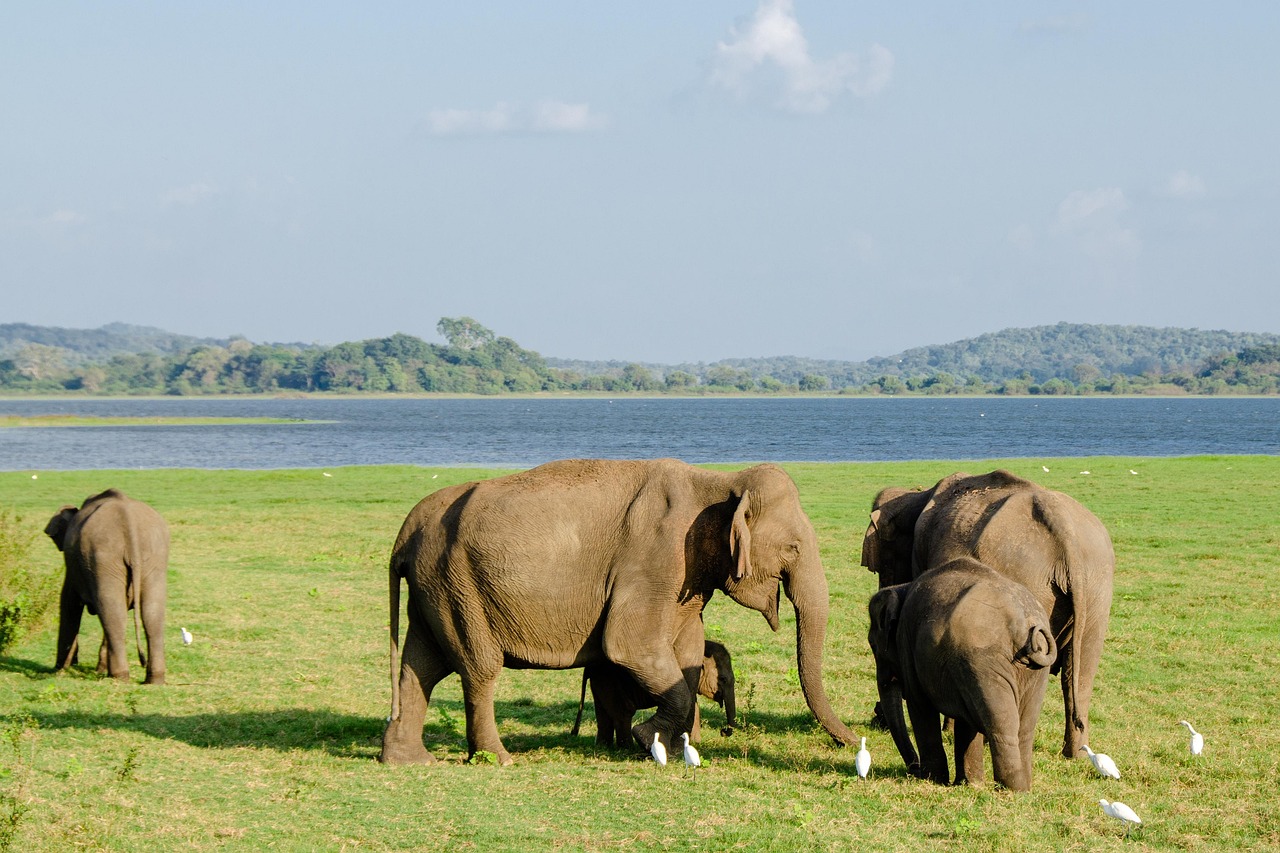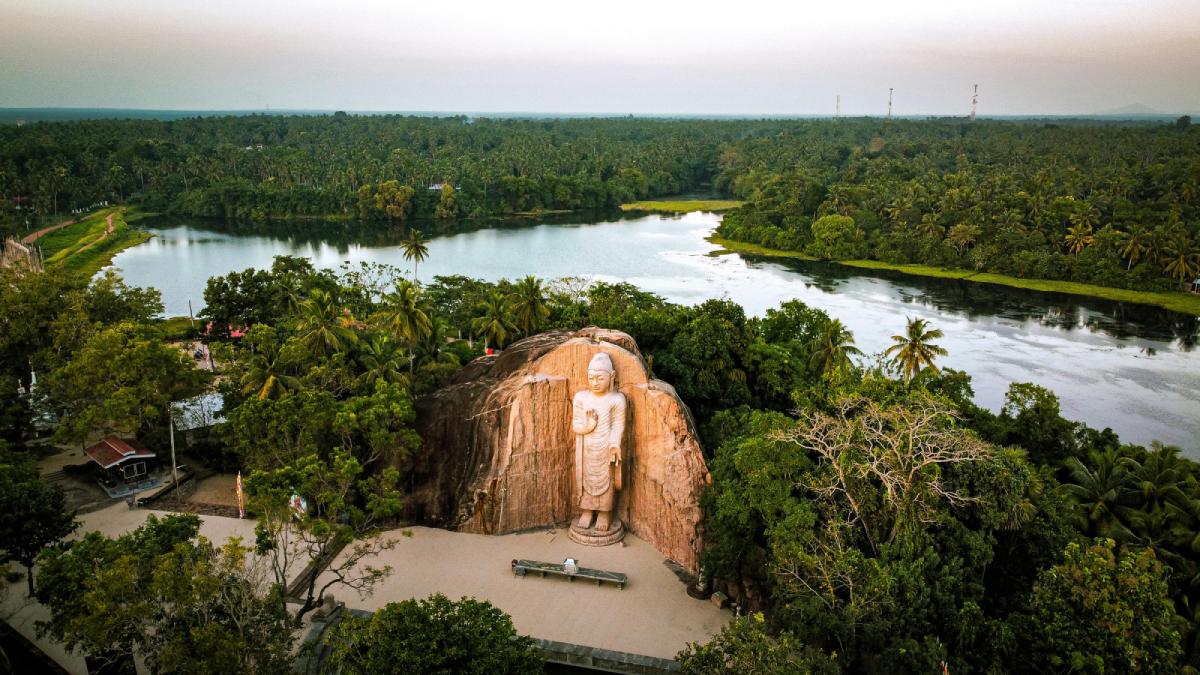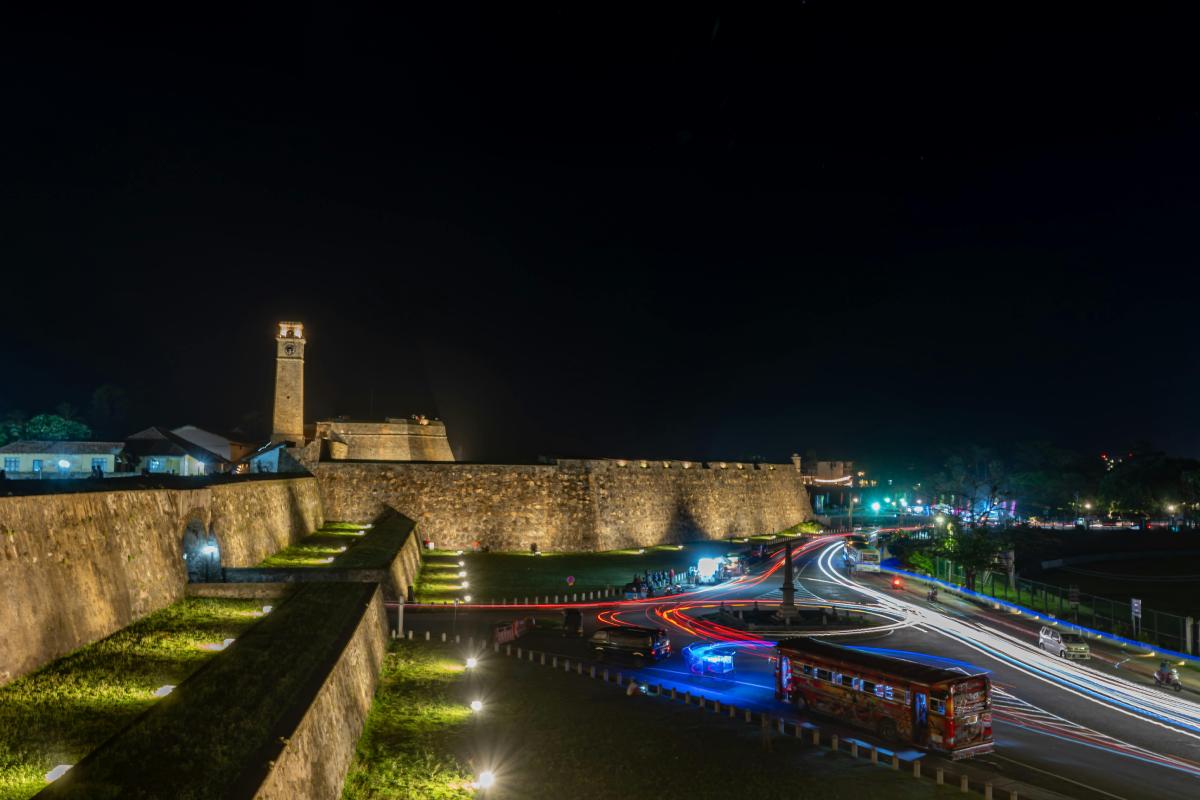Minneriya National Park stands as one of Sri Lanka’s most treasured wildlife sanctuaries, renowned for hosting one of Asia’s greatest natural spectacles – “The Gathering.” This comprehensive guide explores the park’s rich biodiversity, history, geographical features, and essential visitor information to help you plan an unforgettable safari experience.
Introduction to Minneriya National Park in Sri Lanka
Located in the North Central Province of Sri Lanka, Minneriya National Park spans approximately 8,890 hectares of diverse landscapes. Originally designated as a wildlife sanctuary in 1938, it received national park status in 1997, reflecting its ecological importance. The park is centered around the ancient Minneriya Tank, a massive reservoir built by King Mahasena in the 3rd century AD, which serves as the lifeblood of the ecosystem and surrounding communities.
The park falls within Sri Lanka’s dry zone, experiencing distinct wet and dry seasons that dramatically influence wildlife behavior and create the conditions for its famous elephant gatherings. Situated roughly 182 kilometers from Colombo, Minneriya forms part of the elephant corridor connecting Kaudulla and Wasgamuwa National Parks, creating a vital habitat network for wildlife movement.
The Gathering: A Spectacular Wildlife Phenomenon

Minneriya’s global fame largely stems from “The Gathering” – one of the largest wild elephant assemblies in the world. During the dry season, typically from July to October, hundreds of elephants migrate from surrounding forests to the shores of Minneriya Tank in search of water, fresh grass, and social interaction.
As water levels recede during these months, the tank’s bed transforms into lush grasslands, attracting up to 300-400 elephants simultaneously. This remarkable congregation offers visitors unparalleled opportunities to observe complex elephant social dynamics, including family units led by matriarchs, playful calves, competitive males, and fascinating intergroup interactions.
Wildlife experts consider The Gathering one of Asia’s greatest wildlife spectacles, comparable to Africa’s great migrations. The phenomenon represents not just a tourist attraction but a critical survival strategy for the region’s elephant population, showcasing their intelligence and adaptability to seasonal changes.
Diverse Wildlife Beyond Elephants
While elephants may be the headliners, Minneriya supports an impressive diversity of wildlife:
Mammals
The park hosts approximately 24 species of mammals. Beyond elephants, visitors may encounter:
- Sambar deer grazing in open areas
- The elusive Sri Lankan leopard (though sightings are rare)
- Sloth bears foraging among dense vegetation
- Purple-faced langur monkeys swinging through canopies
- Toque macaques in social groups
- The endemic Sri Lankan axis deer
- Wild buffalo near water sources
- Various small mammals including mongoose, porcupines, and fishing cats
Birdlife
With over 170 recorded bird species, Minneriya is a paradise for birdwatchers. Notable species include:
- Painted storks wading in shallow waters
- Spot-billed pelicans skimming the tank’s surface
- Sri Lanka jungle fowl (the national bird)
- White-bellied sea eagles soaring overhead
- Little cormorants drying their wings on dead trees
- Colorful kingfishers darting between perches
- Grey-headed fish eagles scanning for prey
- Rare species like the lesser adjutant stork and black-headed ibis
During the migratory season, the park welcomes numerous visiting species from as far as Siberia, making it an internationally significant site for avian conservation.
Reptiles and Amphibians
The park’s diverse habitats support numerous reptiles, including:
- Water monitors basking near the tank
- Mugger crocodiles patrolling the waters
- Various snake species including the Indian python and cobra
- Numerous lizard species adapting to different microhabitats
- Frogs and toads thriving during wet periods
Diverse Ecosystems and Plant Life
Minneriya’s ecological value extends to its varied landscapes:
Habitats
The park encompasses several distinct ecosystems:
- Dry mixed evergreen forests covering much of the land
- Open grasslands surrounding the tank
- Wetland areas with unique aquatic vegetation
- Scrublands in transitional zones
- Riparian forests along seasonal streams
Flora
The park’s plant life reflects adaptations to the region’s seasonal drought conditions:
- Dominant trees include satinwood, ebony, and rosewood
- Medicinal plants with traditional importance
- Drought-resistant grasses and shrubs
- Aquatic vegetation in and around the tank
- Seasonal blooms following rainfall
These plant communities not only support wildlife but also represent important carbon sinks and genetic reservoirs of native Sri Lankan flora.
Geographical Features and Climate
The Minneriya Tank
At the heart of the park lies the Minneriya Tank, an engineering marvel of ancient Sri Lanka. This massive reservoir:
- Covers approximately 4,670 acres when full
- Features a 1.25-mile-long dam
- Demonstrates sophisticated water management from the 3rd century
- Serves both wildlife and agricultural needs
- Creates a microclimate influencing local weather patterns
Climate and Seasonal Variations
The park experiences a distinctive dry zone climate:
- Annual rainfall averages 1,500-2,000mm, primarily from October to January
- Dry season extends from May to September
- Average temperatures range from 26-30°C (79-86°F)
- Humidity fluctuates with monsoon patterns
These seasonal changes drive wildlife movements and create the dynamic ecological rhythms that make Minneriya unique.
Cultural and Historical Significance
Minneriya’s cultural importance extends beyond its natural heritage:
Ancient Engineering
The Minneriya Tank stands as testament to ancient Sri Lanka’s advanced hydraulic engineering. King Mahasena’s vision created not just water storage but a sustainable ecosystem supporting agriculture and wildlife for over 1,700 years.
Local Communities
Traditional villages surrounding the park maintain cultural practices intertwined with the natural environment:
- Agricultural techniques adapted to seasonal water availability
- Traditional knowledge of medicinal plants
- Cultural festivals aligned with seasonal changes
- Coexistence strategies with wildlife, particularly elephants
Archaeological Significance
Several archaeological sites within and around the park reveal its historical importance:
- Ancient temple ruins reflecting Buddhist heritage
- Stone inscriptions documenting royal decrees
- Remnants of ancient irrigation systems
- Traditional agricultural terraces demonstrating sustainability
Planning Your Visit to Minneriya National Park
Best Time to Visit
While Minneriya offers year-round attractions, timing can significantly impact your experience:
- August-September generally offers peak elephant gatherings
- November-January brings lush landscapes following the northeast monsoon
- Early mornings (6-9 AM) and late afternoons (3-6 PM) provide optimal wildlife viewing conditions and comfortable temperatures
Safari Options
Several safari approaches are available:
- Jeep safaris remain the most popular, offering mobility and safety
- Private or shared jeep options with varying price points
- Specialized photography safaris with extended viewing times
- Guided walking tours in limited areas (with strict regulations)
Practical Information
Essential details for planning your visit:
- Entry fees vary between foreign visitors and locals
- Park hours typically run from 6 AM to 6 PM
- Accommodations range from luxury eco-lodges to mid-range hotels in nearby Habarana
- Experienced guides significantly enhance wildlife spotting opportunities
- Multiple entrance points exist, with Ambagaswewa being most commonly used
Responsible Tourism Practices
Visitors should observe ethical wildlife viewing:
- Maintain safe distances from animals, particularly elephants
- Follow guide instructions regarding noise levels
- Avoid flash photography that disturbs wildlife
- Remain inside vehicles unless at designated stopping points
- Take all waste with you when leaving
Conservation Challenges and Efforts
Human-Elephant Conflict
As with many wildlife areas, Minneriya faces challenges from human-elephant interactions:
- Crop raids by elephants in surrounding communities
- Habitat fragmentation from development projects
- Traditional elephant corridors intersecting with settlements
- Retaliatory actions against problem elephants
Conservation organizations work with local communities on solutions including:
- Electric fencing of villages rather than parkland
- Alternative crop strategies less attractive to elephants
- Community-based elephant monitoring programs
- Compensation schemes for crop damage
Habitat Protection
Multiple initiatives focus on preserving Minneriya’s ecological integrity:
- Corridor preservation between neighboring national parks
- Restoration of degraded forest areas
- Invasive species management
- Water quality monitoring of the tank
- Climate change adaptation planning
Research and Monitoring
Scientific studies contribute to conservation efforts:
- Long-term elephant population monitoring
- Biodiversity inventories documenting species richness
- Behavioral studies of key species
- Habitat use patterns during different seasons
- Water level impacts on ecosystem health
Beyond Wildlife: Additional Attractions
Nearby Cultural Sites
Visitors can combine wildlife viewing with cultural exploration:
- Ancient city of Polonnaruwa (UNESCO World Heritage Site) nearby
- Sigiriya Rock Fortress within easy driving distance
- Traditional villages offering authentic Sri Lankan experiences
- Ancient Buddhist temples with historical significance
- Traditional craft centers showcasing local artisanship
Complementary National Parks
For comprehensive wildlife experiences:
- Visit Kaudulla National Park during different seasons to track elephant movements
- Explore Wasgamuwa National Park for different forest habitats
- Combine with Wilpattu National Park for leopard sightings
Future Prospects and Sustainable Tourism
The future of Minneriya National Park depends on balancing tourism development with conservation priorities:
- Sustainable capacity management to prevent overtourism
- Revenue sharing with local communities to incentivize conservation
- Enhanced interpretation facilities educating visitors
- Climate resilience planning for water management
- Strengthened legal protections for wildlife corridors
Conclusion
Minneriya National Park represents far more than a tourist destination; it embodies the intricate relationships between nature, history, and human communities in Sri Lanka. The park’s fame may rest on its remarkable elephant gatherings, but its true value lies in the complex ecosystem supporting hundreds of species and the ancient water management vision still sustaining life today.
For visitors seeking authentic wildlife experiences, Minneriya offers incomparable opportunities to witness nature’s spectacles while appreciating Sri Lanka’s rich natural heritage. By approaching this special place with respect and understanding, travelers contribute to preserving one of Asia’s most significant ecological treasures for generations to come.
Whether marveling at massive elephant herds against the backdrop of ancient waters, spotting rare birds in early morning light, or simply absorbing the tranquility of wild spaces, Minneriya National Park offers transformative experiences connecting us to the natural world and Sri Lanka’s enduring relationship with its remarkable wildlife.


